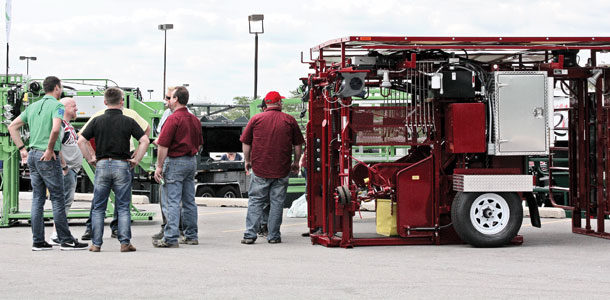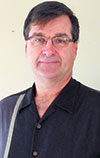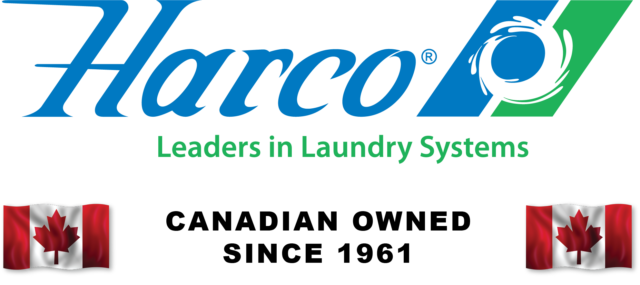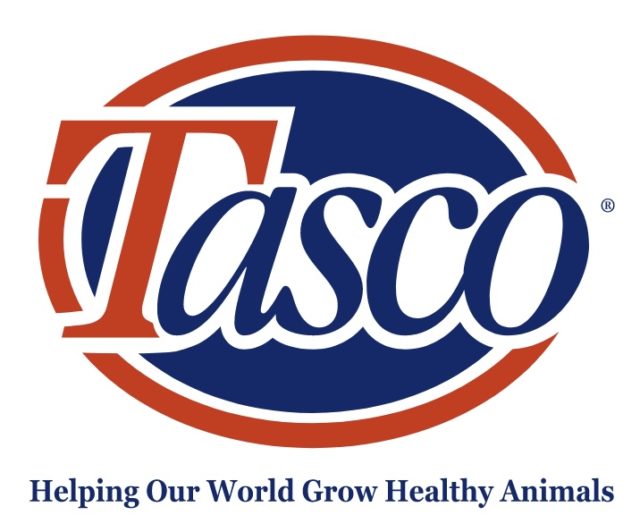More than 300 people attended the three-day event, which included a day prior specifically for an advanced training day for 40 hoof trimmers.
For those not familiar with the HTA, it is a non-profit organization providing hoof trimmers with educational opportunities to improve hoof health by networking with industry professionals.
Incorporated in 1995, and now with more than 300 members from more than a dozen countries, the HTA holds hoof health conferences and conducts its business meetings every 18 months.
The training day was specific to advancing trimmer knowledge regarding digital dermatitis (DD) in dairy cattle. The program was led by Dr. Dorte Dopfer and Dr. Arturo Gomez, with the support of students from the University of Wisconsin, as well as Dr. Dana Tomlinson from Zinpro Corporation.
The trimmers were taught how to score DD lesions that were specific to understanding the stages of the lifespan of bacteria that cause this common foot problem – treponemes. Trimmers were also taught to identify the specific lesion profile of DD by walking behind the cattle, identifying the lesion marker to the particular animal and recording their observations.
These observations will be forwarded to a database that uses a model developed by Dopfer that can predict upcoming DD outbreaks in a dairy herd.

The trimmers also gathered with industry partners for a trade show. Companies were able to demonstrate established and new concepts in equipment to handle cattle, tools, medical supplies, clothing, varying treatment and footbath products. This was the largest trade show ever at an HTA conference, with more than 30 companies participating.
During the HTA annual business meeting, officer elections were held. Vic Daniel from Ontario, Canada, was chosen as president; Jamie Sullivan from Saskatchewan, Canada, was chosen as president-elect; and Matt Ferrara from Maryland was elected as secretary. Maintaining their respective offices were Mark Burwell, director-at-large, from North Carolina, and Jeff Heeg, treasurer, from Wisconsin.
The key piece of the annual business meeting was the introduction of the draft education platform called the HTA ToolBox. Designed for lifelong learners, it is a voluntary program allowing for peer-developed and reviewed topics to enhance trimmer success based on their clients’ success.
The toolbox has three components consisting of the following:
1. Guidelines regarding trimming methods (functional or flat method, Kansas adaptation or white line atlas method)
2. Standards for lesion identification and anatomy
3. Policies: Stockmanship referring to best practices; restraining equipment (safe animal handling) and human safety; the trimmer, the client and personnel involved around the work area; and correct handling and use of chemicals and veterinary-approved medication specific to foot care
The draft outline of an HTA ambassador was also presented to the assembly. The ambassador will be required to prove proficiency in all three trimming methods, correctly identify lesions and properly record observations.
The membership was very supportive of this direction by the HTA board. These will be further developed and will require completion prior to the 2016 conference that will be held in Atlanta, Georgia.
The conference program included excellent speakers and topics. Dr. Jennifer Walker from Dean Foods presented animal welfare from the business side of the industry.
She gave the trimmers a lot to think about as dairy industry partners in how we are a part of how animals are handled and how important hoof trimmers are in preventing the number one animal welfare problem for the dairy industry, which is lameness.
Dr. Dorte Dopfer and Dr. Arturo Gomez recapped their research and computer model on DD from the training day. Dr. Nigel Cook spoke on the importance of the transition cow and housing, as well as ways to deal with heat-stressed cattle.
Paul Merkatoris, a University of Wisconsin – Madison student, showed his study results on blocking and how blocks wore while on the foot of a cow. Dr. Chuck Guard from Cornell University spoke on bio-mechanics and anatomy, while Dr. Gerard Cramer spoke on tetracycline use and FDA changes to its use, including prescription requirements and efficacy of the drug on DD.
Vic Daniel introduced the white line atlas method and how using varying trim techniques can achieve desired results using an updated economic index that he developed.
The final day was spent off-site at the Clover Hill Dairy Farm run by the Bonlender Family, now in their fifth generation of family farming.
Milking 1,800 crossbred cattle in a beautiful facility, the trimmers were able to see new hoof trimming chutes in action and work on cadaver feet for discussion and training as part of a research project led by Dr. Gerard Cramer on 200 cadaver feet with volunteer trimmers showing their handiwork and training to see how the feet measure after trimming from prior pre-trimming measurements. The farewell banquet again was a huge success culminating in a fantastic charity auction.
HTA announced new regional representatives: Jake Konstabel, New York (Northeast region); Quinn Marshall, British Columbia (Canada); and Justin Addy, Minnesota (Midwest region). Existing representatives are Bill Mink, Virginia (Southern region) and Mike Wallen (West region).
On behalf of the Hoof Trimmers Association, I wish to commend and thank all of our committees and volunteers who helped make this the best conference in the history of HTA. It is the dedication of HTA members continually attending these programs that give them the right to say, “I am a professional hoof trimmer.” PD
PHOTOS
PHOTO 1: An outdoor trade show displayed the latest in trimming chute innovation as well as caught the curious eye of inner-city onlookers in the greater Milwaukee area.
PHOTO 2: At 90 years young, George Lowery, one of the grandfathers of hoof trimming tools and innovations, made the trip from Ohio to attend the conference with his daughter, Georgia Hofka.
PHOTO 2: Companies in the hoof health business from around the world shared their products and services through an indoor trade show. Photos by Peggy Coffeen.












